The cowboy lifestyle is synonymous with horseback riding, where the choice of mount is as critical as the skills of the rider. Exploring the various cowboy horse breeds unveils a rich tapestry of equine partners, each breed offering unique qualities that have been honed for the challenges of the West. The iconic image of a cowboy atop a trusty steed is not just a cultural emblem but a practical depiction of the enduring bond between rider and horse.
Variety in Ranch Equines

The equines that have become staples in ranch life are as varied as the roles they fulfill. These trustworthy animal allies stem from a lineage tailored to meet both the physical and psychological demands of ranch work. Capable of braving the elements, navigating challenging landscapes, and aiding in the control of livestock, these breeds form a specialized cohort indispensable to ranch operations.
Adaptation and Selective Breeding in Equines
Tracing the development of ranch equines reveals their significance in ranch culture. Initially chosen for their resilience during extended cattle drives and the diverse requirements of frontier life, selective breeding has fine-tuned traits such as nimbleness, speed, and a gentle temperament, aligning them more closely with the ranchers’ needs. This deliberate genetic refinement has produced equines that not only fulfill their responsibilities but also prosper in human partnership.
Characteristics of Ranch-Ready Horses
- Flexibility: These equines are adept at adjusting to fluctuating climates and landscapes.
- Staying Power: They have the stamina necessary for covering large areas tirelessly.
- Dedication: An innate willingness to work in partnership with their handlers is crucial.
Less Celebrated Breeds with Ranching Heritage
While some breeds are well-recognized in the ranching world, there are lesser-known breeds that hold a significant place in ranching heritage. For example, the resilient and enduring Criollo horse is a cornerstone in South American ranching, while the Australian Stock Horse, noted for its all-around capabilities in livestock work, is vital to the Australian stockmen.
Choosing the Right Breed for the Job
Selecting an appropriate breed often hinges on local climate, the landscape’s nature, and the equine’s intended role. For instance, in mountainous terrains, ranchers might favor a breed like the Rocky Mountain Horse for its steady footing, whereas in open, flat regions, a Thoroughbred might be chosen for its speed and lively, yet controllable character.
Embracing Novel Breeds in Ranching
With the changing needs of modern ranch work, the incorporation of new equine breeds into this long-standing tradition continues. Breeders and ranchers are constantly seeking out horses with new attributes that can contribute to ranch efficiency. Hybridization efforts have resulted in new breeds that blend the finest qualities of traditional ranch horses with those of other equines, creating a contemporary cohort of horses designed for today’s ranching requirements.
The process of selecting ranch equines reflects the rancher’s profound connection with his environment and duties. Through thoughtful choice and breeding practices, ranchers ensure their equine companions are as equipped for the day’s tasks as they are themselves, establishing a partnership that is pivotal for both survival and prosperity in the rigorous realms of ranching and rodeo.
Integral Roles of Equine Companions in Ranch Work
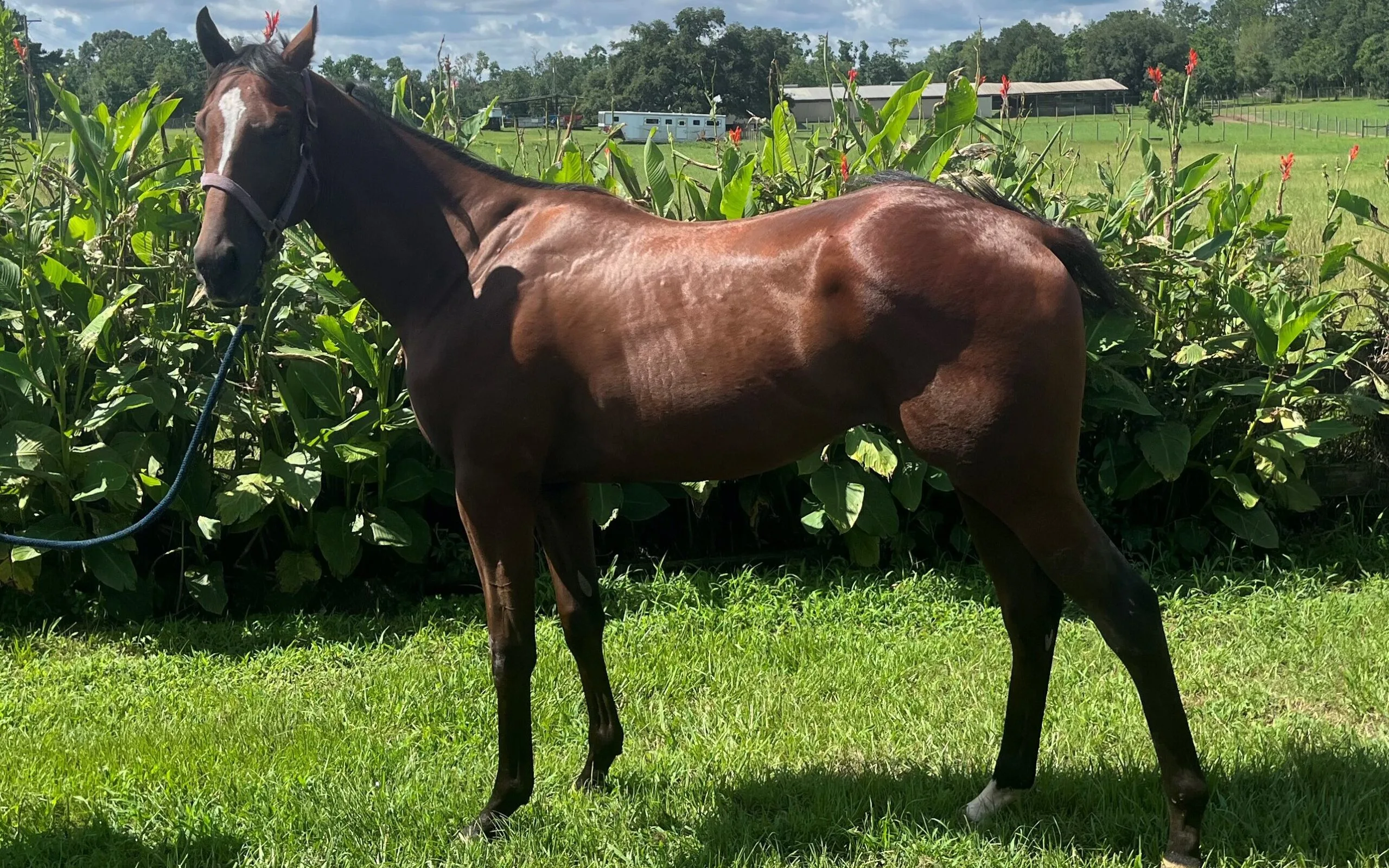
On the sprawling terrains where cowboys diligently tend to their duties, horses are more than mere companions; they are essential to the ranch’s operation. Their selection is based on their ability to adapt to the robust cowboy profession, blending physical ability with a keen sense of their responsibilities to meet the diverse requirements of ranch work.
Endurance and Resilience of Ranch Horses
- Work Ethic: The capacity to persistently contribute throughout long working days is vital, as ranch activities are not constrained by the hours of daylight.
- Hardiness: These equine partners possess the fortitude to endure the extreme weather conditions they frequently encounter.
- Agility: While not always engaged in high-speed pursuits, the ability to move quickly is essential for tasks such as herding and scouting vast lands.
Behavioral Qualities and Natural Instincts
The behavioral characteristics and natural instincts of horses are critical to their performance in ranch scenarios. Their calm demeanor is essential when facing the unpredictability of ranch life, and their innate instincts are invaluable, allowing them to respond to situations with limited direction.
Intellectual Capabilities
The intellectual abilities of equines are a somewhat underappreciated aspect of their contribution to ranch work. These sentient creatures possess the intelligence to learn from their experiences, understand complex instructions, and anticipate their cowboy partners’ needs.
Dexterity and Multifaceted Roles
The ability to adapt is a defining trait of horses in the ranching context, with their work environment and tasks often shifting unexpectedly. They demonstrate the capability to switch effortlessly between various jobs, showing their importance not only in labor but also in community and cultural events.
Development and Synergy
Proper training is essential for these horses, instilling in them the competencies necessary for their roles from a young age. The resulting synergy between horse and cowboy stems from a profound bond of respect and reliance, enabling them to function in unison.
Wellness and Care
Ensuring the horses’ health and fitness is crucial for their functionality on the ranch. This involves comprehensive care, including regular health assessments, a balanced diet, and meticulous grooming, all of which are key to maintaining these horses in peak condition.
Embodying the cowboy ethos, the typical cowboy horse is a beacon of resilience, intelligence, and shared prosperity within the ranching community. Their distinctive characteristics, shaped by selective breeding and thoughtful care, are emblematic of the western lifestyle, highlighting the significance of their partnership with cowboys in the daily tapestry of ranch life.
Guidelines for Selecting a Cowboy’s Equine Partner

Choosing the right equine partner for a cowboy involves a comprehensive evaluation of the horse’s traits and how well they align with the rider’s activities and the environment. The selection process emphasizes the importance of matching the horse’s physical and mental attributes to the demands of ranch life.
Essential Qualities for Cowboy Horse Breeds
A sturdy build, inherent vitality, and the capacity to adjust to varying work conditions are essential qualities when considering horses for cowboy duties. These attributes contribute to the horse’s ability to perform consistently in the challenging conditions of the West.
- Sturdiness: A robust physique capable of enduring daily tasks.
- Vitality: Natural health resilience and swift recuperation from ailments.
- Flexibility: Being able to cope with diverse environmental and work challenges.
Composure and Responsiveness in Western Riding
For the dynamic requirements of western riding, a cowboy’s horse should be even-tempered and responsive. The training process should foster these characteristics to ensure a reliable and cooperative mount.
- Serenity: The ability to remain tranquil in stressful situations.
- Attentiveness: Sharp perception of the environment and duties.
- Learning Ability: Ease of learning and following instructions.
Physical Features for Cowboy Horse Breeds
The physical structure of the horse is as crucial as its temperament. Cowboys need horses with the strength to endure, the swiftness to maneuver, and the balance to perform complex tasks efficiently.
- Endurance: A strong and muscular physique.
- Swiftness: Quick reflexes and the ability to change course rapidly.
- Stability: A well-balanced build for intricate movements.
Intelligence and Learning Aptitude
A horse’s intelligence greatly influences its trainability. A quick learner is more adept at understanding cattle work and rider cues, which can significantly enhance its performance in cowboy tasks.
Compatibility with the Environment
The breed’s adaptability to the local environmental conditions is a prime factor in cowboy horse selection. A horse that thrives in its working environment is more likely to remain healthy and be a dependable partner.
Breed Legacy and Role in Cowboy Tasks
Knowledge of a breed’s history and its lineage’s working background can shed light on its potential performance in cowboy tasks. This perspective is instrumental in making an informed choice for selecting a horse that is not only capable but also has a proven track record in similar work.
In sum, the cowboy horse selection process is a careful balance of evaluating a horse’s resilience, character, physique, cognitive skills, environmental fit, and historical background. This holistic approach ensures a partnership that is beneficial for both cowboy and horse, fostering a successful and enduring working relationship.
Exploring Equine Excellence for Cowboys
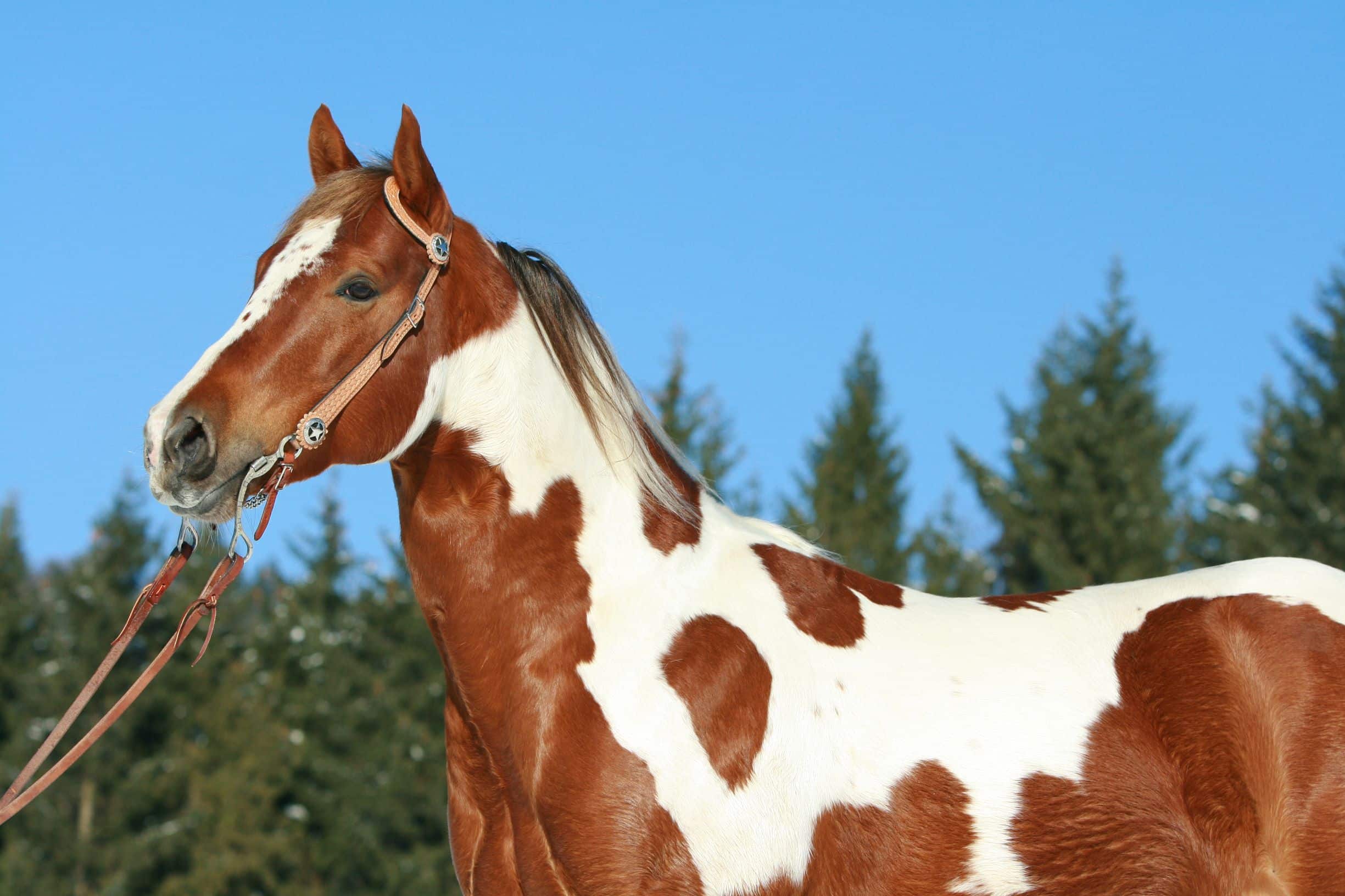
For cowboys, a reliable horse is not just a mode of transportation but a vital partner in the demanding tasks of ranching. The breeds that have stood the test of time and the rigors of cowboy life possess both strength and a remarkable capacity for resilience and intelligence. This journey into the world of equine excellence sheds light on the particular attributes that distinguish these breeds and how they support the day-to-day operations of a working ranch.
The American Quarter Horse: A Cowboy’s Stalwart Companion
Among the various horse breeds, the American Quarter Horse has secured its status as a top choice for cowboys. Renowned for their quick bursts of speed, these horses exhibit a compact and muscular physique that lends itself to exceptional agility. This agility is essential for tasks that vary from intricate cattle work to recreational riding. Their innate ability to understand and anticipate cattle movements, known as “cow sense,” is highly valued in the fast-paced environment of ranch work.
The Sturdy and Spirited Mustang
Mustangs, with their storied past and embodiment of the wild American spirit, have become esteemed partners for cowboys who can harness their raw potential. These horses, once wild and now tamed, excel in traversing the diverse and tough landscapes cowboys often encounter. They bring to the table endurance and a spirited nature that are ideal for the multifaceted cowboy lifestyle.
Other Noteworthy Breeds in Cowboy Culture
While the American Quarter Horse and Mustang are commonly associated with cowboy life, there exists a spectrum of breeds that each contribute uniquely to the requirements of ranching. These breeds have adapted their own set of skills to become valuable assets in the multifaceted world of ranch work.
The Paint Horse: A Blend of Beauty and Brawn
Recognizable by their distinctive coats, Paint Horses are more than just visually appealing; they inherit many of the same qualities as the American Quarter Horse, including agility and a keen intelligence, which equip them well for a variety of tasks on the ranch.
The Appaloosa: Dappled with Talent
Appaloosas, with their spotted coats and nimble movement, are versatile performers in ranch activities. Their lineage, favored by the Nez Perce tribe, highlights their endurance and resilience, qualities that remain in high demand in the cowboy profession.
The Morgan: Small Stature, Significant Impact
Morgans may be smaller, but their capabilities on the ranch are substantial. Known for their friendly nature and adaptable skills, they serve as dependable partners in both work and recreational settings for cowboys.
These popular horses for cowboys, from the hardworking American Quarter Horse to the durable Mustang, and the versatile Paint, Appaloosa, and Morgan breeds, are more than just participants in ranch activities. They bring with them a legacy of resilience, intelligence, and adaptability that cements their status as true partners in the cowboy’s enduring way of life. Their collective attributes make them not merely tools but rather co-contributors to the cowboy’s trade and tradition.
Equine Excellence in Cattle Management
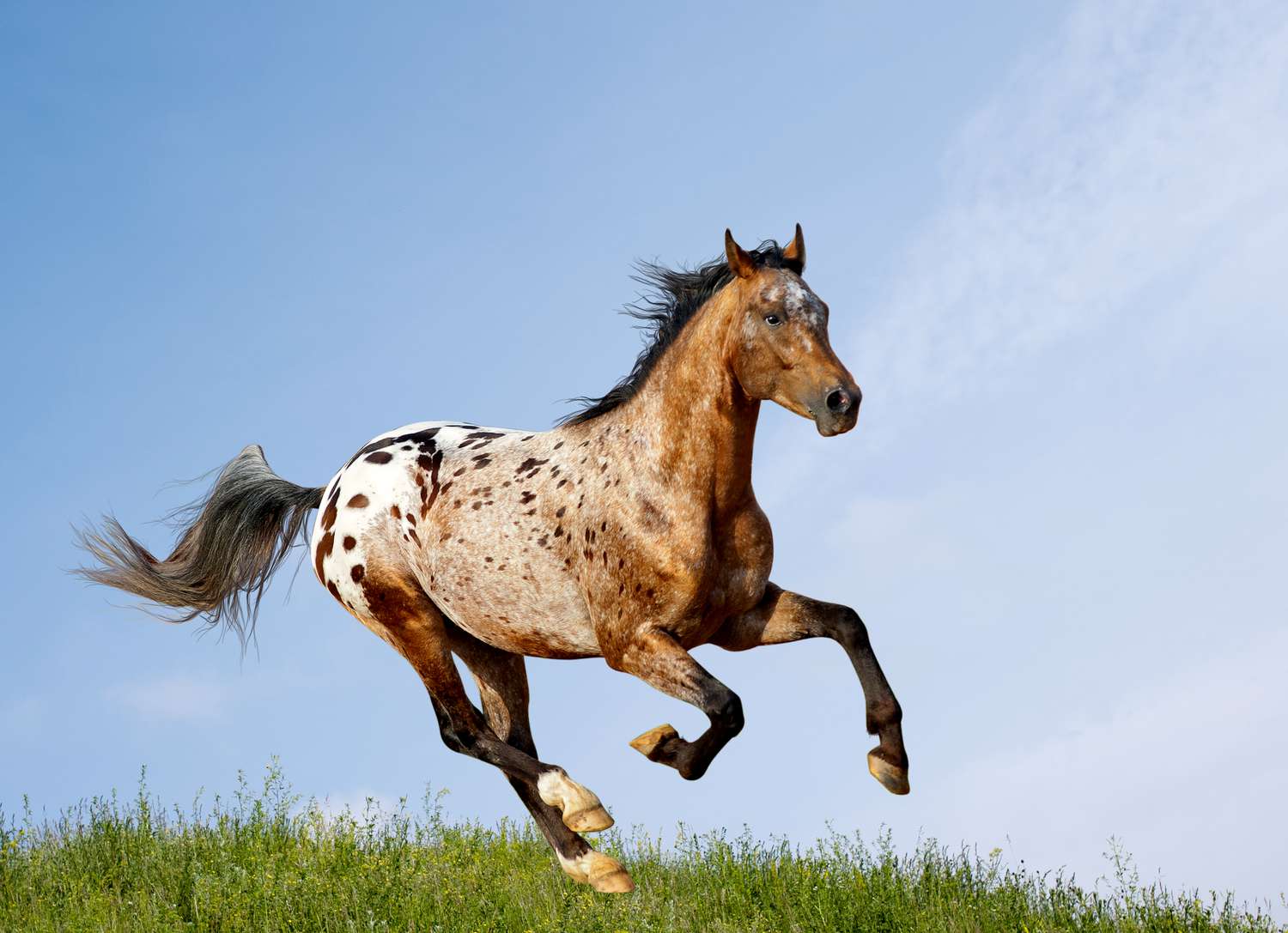
For the effective management of livestock, equine selection is paramount. The chosen breeds excel in the demanding environment of ranching, combining physical capability with the cognitive acuity needed for close interaction with cattle. This prowess is the result of generations of careful selection for attributes like durability, dexterity, and innate herding instinct, ensuring they are adept at the intricate task of navigating and controlling cattle on expansive ranches.
Key Attributes for Herding Success
To be effective in herding, horses must exhibit a blend of muscular strength and acute awareness. Their build should facilitate sudden sprints and stops, critical during cattle drives. Emotional intelligence is equally important, allowing them to interpret the subtle cues of their handlers and the behavior of the animals they herd.
- Responsive Musculature: Essential for immediate action and halts.
- Keen Observation: To oversee and direct the herd effectively.
- Natural Herding Acumen: An instinctual sense for timing and positioning.
Cognitive Skills in Cattle Management
Intellectual capacity is a cornerstone trait for equines in cattle management. Their ability to assimilate rider commands while anticipating the livestock’s actions is a testament to their selective breeding, which has refined their capacity to function as an extension of the rancher’s intentions.
Specialized Breeds for Herding Tasks
Specific herding tasks often call for horses with particular traits. Whether the job involves isolating a cow or restraining it after roping, the selection of a breed with suitable characteristics can greatly enhance task efficacy and overall ranch productivity.
- Specialized Cutting: Breeds that can maneuver swiftly with a low stance.
- Targeted Roping: Sturdy breeds that can manage the stress of holding cattle.
- Comprehensive Herding: Breeds with the stamina for extended work periods.
Environmental Suitability for Herding
The most proficient herding horses are often shaped by their surroundings. Equines that have been acclimated to the specific herding environments, from flatlands to undulating terrains, are more adept at performing the tasks required in these varied settings.
Enhanced Herding Through Training
Targeted training is essential in maximizing the natural herding talents of equines. A regimen that replicates real-world herding scenarios can sharpen their reflexes and bolster their cooperation with handlers, preparing them both physically and mentally for the demands of cattle work.
Maximizing Herding with Breed Traits
A seamless herding operation is the product of leveraging a horse’s natural breed traits. This strategic use of equine characteristics enhances their role in livestock management, not solely based on swiftness or force but through a synthesis of their inherent abilities.
- Dexterity: Handling tight turns and unexpected barriers with ease.
- Alacrity: Rapid response to keep pace with the herd.
- Consistency: The capacity to sustain effort for the duration of the job.
The epitome of suitable herding horses is found in those that harmonize raw physicality, sharp wits, and an intrinsic grasp of herd dynamics. Their role in ranching goes beyond simple labor, as they introduce a level of proficiency, competence, and teamwork essential to the nuanced work of cattle management.
Distinctive Breeds for Rodeo Performance

Western riding showcases a variety of horse breeds, each with specialized abilities for rodeo events. Certain horses are preferred for their specific strengths, enhancing the performance in their respective disciplines. For instance, the American Quarter Horse excels in barrel racing due to its rapid acceleration, while Paint Horses are favored in roping for their combination of power and composure.
Specialized Abilities of the American Quarter Horse in Rodeo
In rodeo competitions that prioritize speed and dexterity, the American Quarter Horse stands out. Its muscular hindquarters contribute to its aptitude for events that require quick turns and fast sprints, making it a favorite for activities like pole bending and team penning, where its cattle handling abilities shine.
- Pole Bending: Showcases the agility of the American Quarter Horse.
- Team Penning: Highlights their instinctual cattle skills.
Paint Horses: Combining Aesthetics with Athleticism
Paint Horses are not just visually striking; they are also known for their physical robustness, making them reliable choices for the strenuous demands of rodeo. Their even-tempered nature serves well in the high-energy atmosphere of events like steer wrestling.
- Steer Wrestling: Their sturdy form aids cowboys in this challenging event.
Preparing Horses for Rodeo Challenges
A rigorous training routine is essential for equipping horses with the skills necessary for rodeo excellence. This includes acclimatizing them to the event environment and enhancing their natural abilities through targeted exercises.
- Desensitization: Training involves familiarizing horses with rodeo-specific stimuli.
- Strength Conditioning: Focuses on building the physical attributes needed for peak rodeo performance.
Strategic Selection of Rodeo Horses
Choosing the appropriate horse for rodeo events is vital and depends on several factors, including the horse’s history, disposition, and condition. This ensures the duo functions effectively, with the cowboy and horse acting as a united front.
| Event | Breed | Desired Traits |
|---|---|---|
| Barrel Racing | American Quarter Horse | Speed, Agility, Compact Build |
| Roping | Paint Horse | Strength, Calm Temperament, Stamina |
| Bull Riding | Various Breeds | Resilience, Quick Recovery, Athleticism |
Ultimately, thorough training and a deep understanding of the horse’s mental attributes are crucial for rodeo success. Utilizing the inherent qualities of each breed allows cowboys to optimize their performance across various disciplines, from the American Quarter Horse’s agility in speed events to the steadfastness of other breeds in bull riding.
Exploring the Traits of Key Cowboy Horse Breeds
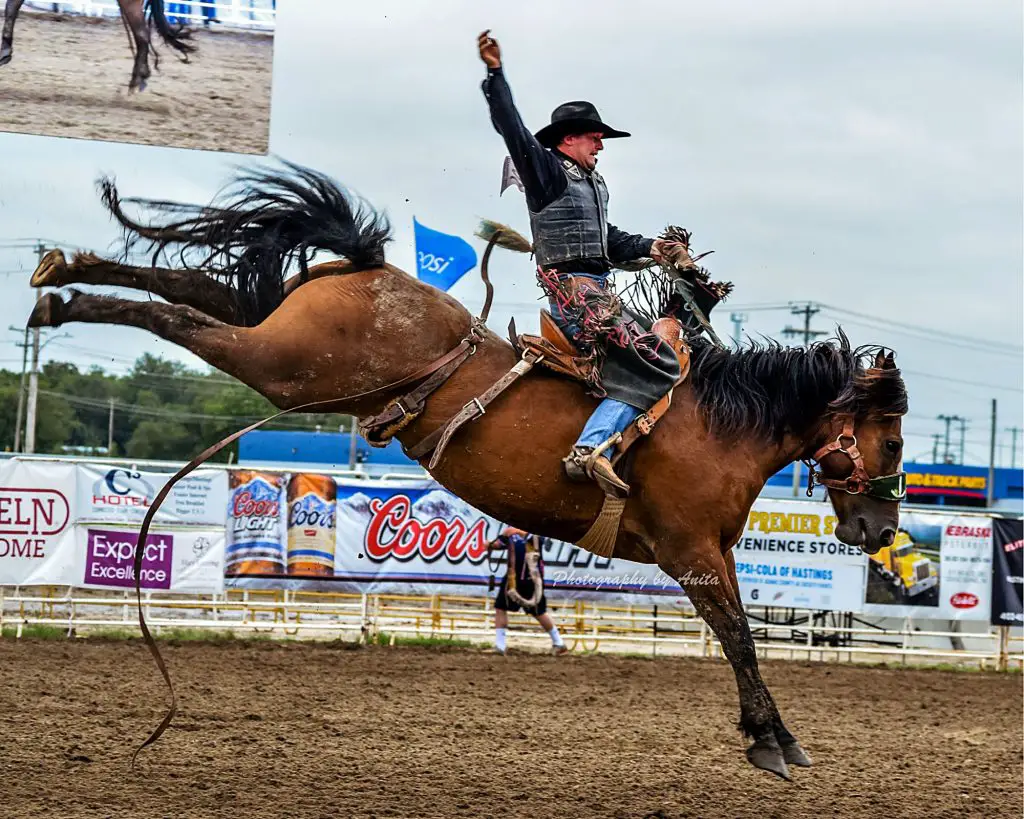
Ranching and rodeo traditions are enriched by a variety of equine partners, each with specific strengths that cater to the multifaceted demands of cowboy life. We’ll delve into the distinctive attributes and historical significance of several breeds that have made a notable impact on western riding and cattle management.
The Multifaceted Appaloosa
The Appaloosa breed, with its eye-catching spotted coat, is known for its steadfastness and agility. These horses boast a lineage connected to the Nez Perce tribe, selected for their endurance as much as their unique appearance. Their proficiency in diverse ranch tasks is testament to their robust heritage.
- Trail Expertise: Their sure-footedness shines on challenging terrains.
- Herding Proficiency: Their quick reflexes aid in efficient cattle management.
- Long-Distance Resilience: Appaloosas are reliable for extended periods of work.
American Paint Horse: A Canvas of Capability
Not to be judged solely by their striking pinto patterns, American Paint Horses possess a calm disposition coupled with the agility and strength common to their American Quarter Horse relatives. These equines are valued for their versatility and composed nature, which prove advantageous in the dynamic environment of ranching and rodeo.
- Reliable Ranch Assistants: Their steadiness is a boon in various ranch operations.
- Rodeo Aptitude: Their agility makes them suitable for competitive events.
- Recreational Compatibility: Their mild temperament is ideal for leisure riding.
Morgan Horses: Compact and Cooperative
Morgans may be smaller in stature, but they are giants in terms of their cooperative spirit, intelligence, and adaptability. Renowned for their amiable disposition and strong work ethic, Morgans are capable participants in western riding and other cowboy activities.
- Collaborative Ranch Tasks: Morgans excel in activities requiring partnership with cowboys.
- Arena Agility: Their nimble nature and quick learning make them contenders in competitions.
- Endurance Trail Riding: Their hardiness is an asset during lengthy excursions.
Unique Contributions from Varied Breeds
While the Appaloosa, Paint, and Morgan horses are prominent, other breeds like the smooth-gaited Tennessee Walking Horse and the agile Paso Fino also play significant roles in cowboy life, offering a comfortable ride and enhancing herding and riding experiences.
- Comfortable Workdays: Tennessee Walking Horses provide a smooth ride for extended ranch work.
- Herding and Riding Dexterity: Paso Finos bring agility and endurance to cowboy tasks.
These breeds, from the eye-catching Appaloosa to the sturdy and serene Paint Horse, the versatile Morgan, and others like the Tennessee Walking Horse and Paso Fino, demonstrate the diverse capabilities required in cowboy horse breeds. As integral parts of the western heritage, their individual characteristics and collective abilities continue to shape the traditions and day-to-day life of the American cowboy.
Choosing Your Equine Ally for Cowboy Pursuits

When embarking on the quest for the perfect equine ally, one must consider a spectrum of factors that go beyond breed reputation. This choice should echo your own riding ambitions as well as the practical needs of your cowboy lifestyle. The synergy between a cowboy’s horsemanship and the equine’s characteristics is fundamental to a successful union. Essential considerations include the horse’s aptitude for rodeo performance, its endurance for ranch tasks, and the potential for a profound working relationship with its human counterpart.
Considerations for Cowboy-Equine Compatibility
- Riding Preferences: Your individual style and preferences in handling horses are key in selecting a suitable partner. Whether you prioritize speed and agility or a composed nature, your choice should reflect your personal approach.
- Work Expectations: The specific tasks you foresee for your horse on the ranch will help define the most fitting breed. Certain horses may excel at traversing long distances but might not be as skilled in detailed cattle work.
- Emotional Resonance: Sometimes, the decision is influenced by an intangible connection that forms between a horse and its rider, a factor that can carry as much weight as any physical attribute.
Preparing for Rodeo Success
In the thrilling realm of rodeo, it’s imperative to select a horse that can perform under the spotlight. The ideal rodeo horse should demonstrate not just athletic ability but also the cognitive sharpness to cope with the energetic environment and demanding events. Customized training will polish these skills, ensuring the duo excels with confidence and skill.
Selecting Based on Traits
- Physical Build: The horse’s anatomy, specifically its bone structure and muscularity, is indicative of its suitability for particular cowboy roles.
- Nature: A horse’s demeanor should be congruent with the nature of its tasks, whether those involve steady patience or a spirited competitive streak.
- Learning Ability: An equine that swiftly absorbs and applies training is priceless, with the aptitude to execute complicated maneuvers and respond to subtle signals.
Health and Sustainability
A horse’s ongoing health and well-being are as crucial as its initial selection. Routine health checks, a well-rounded diet, and suitable exercise plans are fundamental to preserving their performance abilities and ensuring a fruitful career in the cowboy profession. A robust horse is a steadfast partner, eager to meet the cowboy life’s demands with tenacity.
Respecting Breed Heritage
Recognizing a breed’s historical and cultural heritage can provide valuable insight into its suitability as a cowboy companion. Breeds that have evolved through working closely with humans under demanding conditions often exhibit characteristics highly prized by modern cowboys. Delving into these elements can steer you toward a breed that resonates with the cowboy spirit and legacy.
Guidance for Horse Acquisition
When the moment arrives to pick your horse, practicalities also play a vital role:
- Consult with seasoned cowboys and horse trainers who can offer advice tailored to your unique needs.
- Engage with the horse personally. Witnessing its reactions across different situations provides a clearer understanding of its nature.
- Account for the horse’s history and previous training, as these factors may affect its adaptability to your requirements.
Finding the ideal cowboy horse is a personalized endeavor, intertwining the tangible aspects of equine selection with the intangible fulfillment found in equestrian companionship. Whether your focus is on the durability and stamina for demanding ranch work or the precision and elegance for competitive rodeo, there is a breed prepared to become your reliable co-adventurer in the cowboy tradition.
For those interested in the equestrian world, especially what cowboys prefer, our article on what type of horse is the fastest may offer some surprising insights. Additionally, if you’re curious about the economics of rodeo horses, our piece on how much a rodeo horse costs will provide valuable information. And for the specifics on horse diets, particularly for a breed loved by many riders, check out our article on what American Saddlebred horses eat. These resources are sure to enhance your understanding of the majestic animals that cowboys ride and cherish.
FAQ About Cowboy Horse Breeds
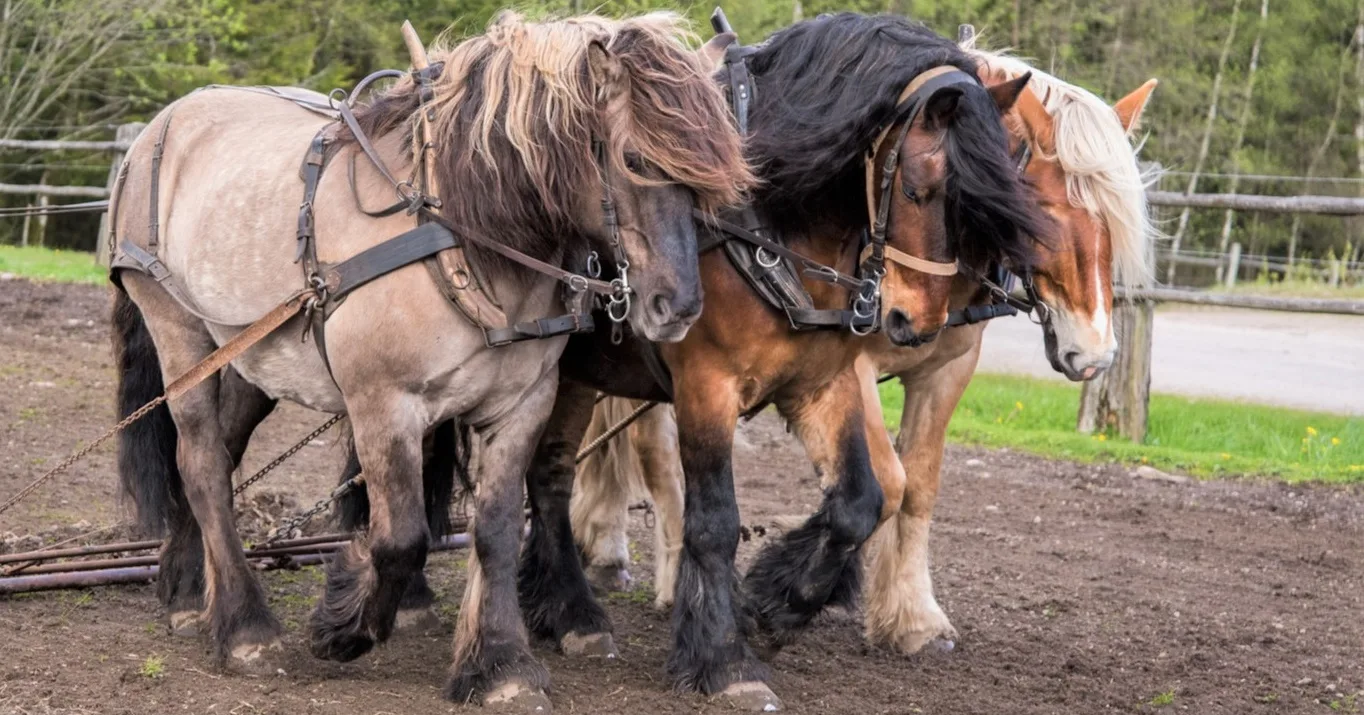
What Makes the American Quarter Horse the Preferred Cowboy Breed?
The American Quarter Horse is the preferred cowboy breed due to its agility, intelligence, and versatility. Its ability to sprint short distances quickly and navigate tight turns makes it ideal for tasks that require speed and precision, such as herding cattle and competing in rodeo events.
Can Mustangs Be Trained for Effective Ranch Work?
Yes, mustangs can be trained for effective ranch work. While they are wild by nature, with the right training and handling, they can become reliable and hardy working partners. Their natural endurance and survival instincts make them well-suited for the rigors of ranch life.



